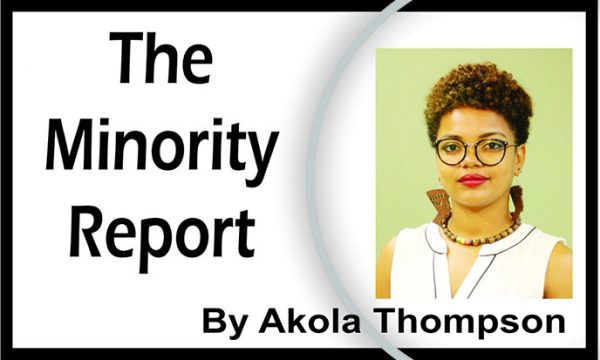
Under the guise of culture, we continue to let a lot of harmful behaviours get a free pass. It has become so embedded as a part of our society that there is a strong reluctance to shift from the actions and thought patterns that perpetuate harm against those who are vulnerable. The way that harmful norms can often play out was recently on full display following the videotaped assault of a young woman by her father. The brutality meted out against the woman was a stark reminder of the way that violence within the home, particularly amongst women and children, often runs unchecked. Predictably, there were many calls to see the issue as a “family matter,” as people believe that what happens in the home and amongst the family should not be for public consumption. But it is beliefs such as these why daily, reported and unreported cases of sexual, physical and mental abuse result in people becoming incredibly harmed, and dying from the assaults on their bodies and minds.
The incident was also demonstrative of the way that women and girls continue to be viewed as possessions, to be treated however those enacting power over them see fit. There was the narrative being put forward that the young woman deserved the abuse because she was being well provided for financially, and that her actions towards her father were ungrateful. The messaging this sends is that as long as someone materially provides for you, then they have control over your body. This contributes to the still high levels of violence we see, as the abuse continues to be rationalised and abusers can paint themselves as being “good” persons because of their financial contributions. The way those with money and power are often allowed free reign to do as they please was seen in the woman’s reported account when trying to report the matter to the police. She stated that they were very reluctant to move forward with her report. When police come against the crimes of “big ones” they very predictably become subservient, aiming instead to be hostile towards survivors.
While many were able to acknowledge that the actions meted out against the woman was brutal, they stopped short at completely criticising the abuse, stating that he instead should have given her slaps or couple knocks rather than kicking and punching at her. They believe that there should have been a bit of restraint as the young woman was grown, and not a little child. The thing about violence is that it is rarely reserved. This is why the common measure for advising young girls and women when they are first hit by a partner is to leave, because that violence will inevitably escalate. Many abusers train their victims to accept abuse often beginning through actions such as intimidation and fear tactics, and utilising “small” acts of assault before increasing the intensity. What the statements surrounding the young woman not being a child were effectively saying is that abuse against children is okay and thus excusable when it happens to them. We fail to recognize how we train children to be accepting of abuse and to perpetuate it against others. Clearly, the normalisation of abuse is not going anywhere soon and women and children will continue to be seen as not deserving of the rights and protections that are deserved.





